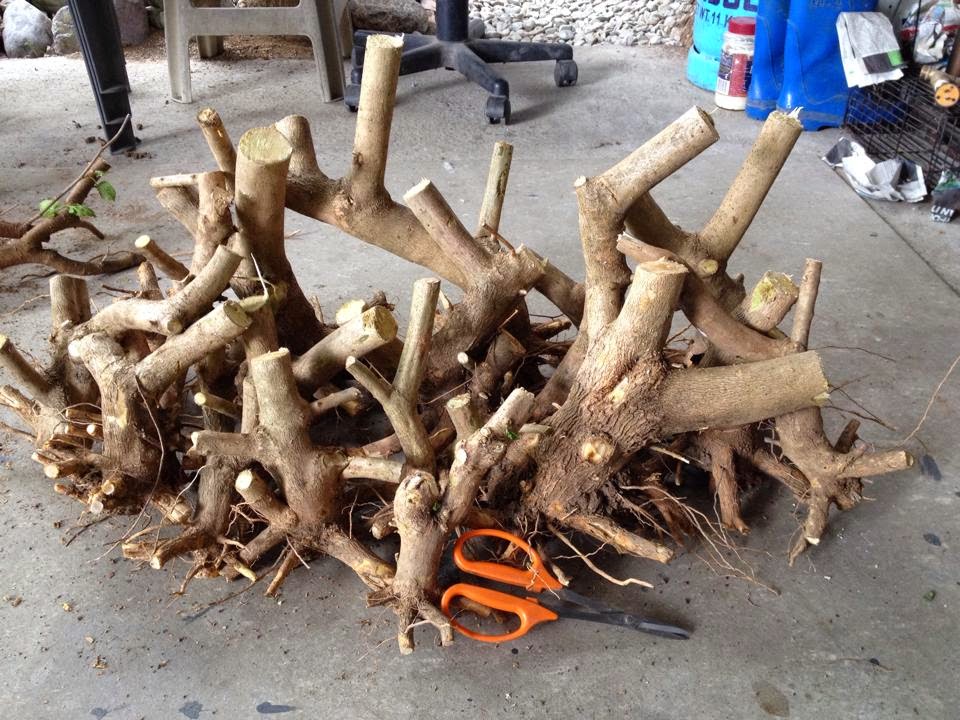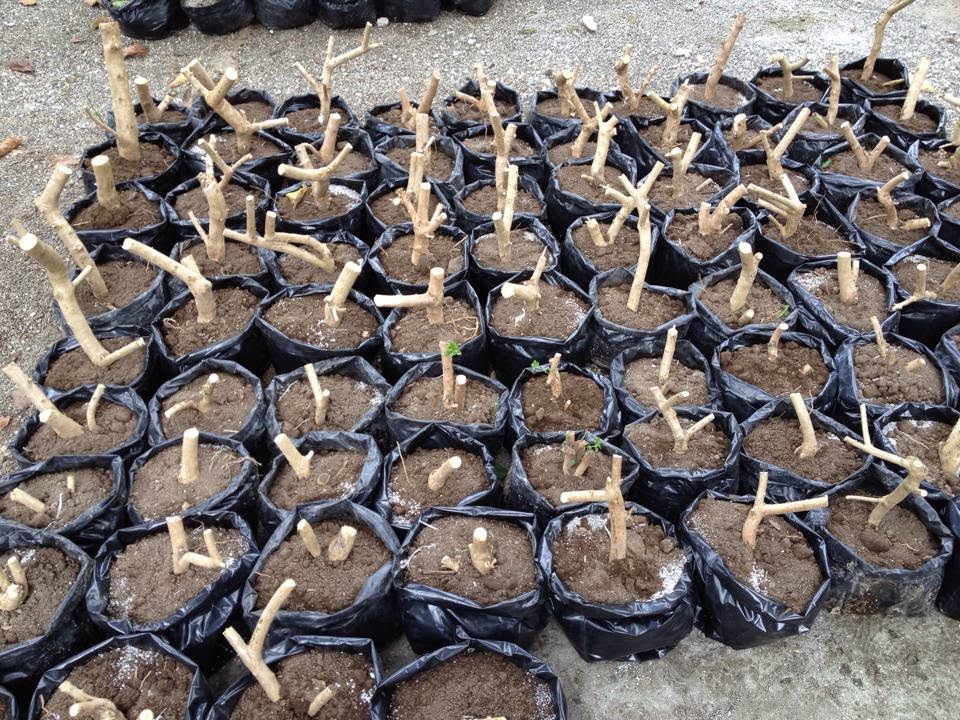Bonsai Farming In The Philippines
An increasing number of Filipino Bonsai enthusiasts are turning to mass production of bonsai materials or bonsai farming. This new approach aims to support the growing demand for the hobby in the country. As bonsai communities grow bigger, the demand for bonsai materials for beginners and bonsai collectors also increases. While yamadori collection offers limited options to supply the growing demand for bonsai materials. Farming or mass production through seeds, cuttings, and marcotting, is becoming a more viable option nowadays. It is fulfilling to see that many fellow Filipino bonsai artists are considering this option as this implies minimal exploitation of the natural resources for yamadori collection.
Can you sell bonsai you mass produced?
Of course. For many new members of the community, bonsai cultivation was once just a simple home-based gardening hobby that eventually leads to a small business. Creating beautiful bonsai masterpieces can also be a good source of income apart. Bonsai is now a pastime that can create a business.
Bonsai Farming in the Philippines
The idea of bonsai farming is not new to our local Filipino bonsai community. It is in fact, a topic that many of us have been discussing as we believe that this is the most ethical and sustainable way to support our bonsai hobby. We know that yamadori collection or extraction of trees in the wild may harm the environment. Because of this, bonsai farming on private lands is much better than potentially destroying nature.
What is considered a bonsai farm?
In the Philippines, we do not have a very strict definition of “bonsai farm“. In fact, if you have a small available space in your backyard, fellow bonsai artists may already tell you that you are bonsai farming. There is no minimum or maximum number of trees to mass produce in Filipino-style bonsai farming. The same is true with the size of space or land where the trees are farmed. Without any specific training in place and no SOPs to guide them, bonsai farmers in the Philippines are still able to produce bonsai materials. That means, anyone, anywhere can do it for as long as you can mass produce and be able to meet the demand in the local area.
How to start a bonsai farm
Starting a bonsai farm is not very complicated. As I have said, there are no rules or regulations, no training or guides that are currently governing the bonsai farming practices in the Philippines. Because of the loose processes, everyone’s idea is welcome. Many bonsai farmers who are already doing shared that the whole experience is just like keeping a normal garden. The watering, fertilizing, weeding, it is all just the same. The only difference is that you are dealing with more trees at once.
The basic things you need to have in order to get started are:
- Space / land – No size requirement. What’s important is that it gets sunlight and has exposure to rain
- Saplings – These could be your rooted cuttings or seeds
- Access to water – Having a deep well is a good advantage.
- Patience and perseverance – There are many other small things you need to prepare such as basic gardening or farming tools, but this is the most important thing you need to have. Without this, your bonsai farming dream will not become a reality.
How to market your bonsai business
Online
Bonsai can be marketed in two ways, online and offline. To get access to hundreds or even thousands of eyeballs, I personally would recommend marketing your bonsai business online. You can create a Facebook or Instagram page and fill it with all things related to your ongoing projects or the trees you have available for sale. These online platforms are free. Many online bonsai sellers share that the key to a successful bonsai business is consistency. You have to be consistent in posting new stuff, answering questions and sharing your knowledge in bonsai. People love to see something new and always like getting their questions answered for free. Eventually, they will like you and your brand.
Offline
Having commercial space that gets high foot traffic is one of the best ways to market your bonsai. However, this may incur more costs compared to online marketing. But, this is the easiest and most convenient setup. Customers can just visit the place and pick up the tree they like. Unlike online selling where you have to spend time and extra money to fulfill and ship the trees.
Conclusion
There are developments that are happening in the Philippine bonsai community. One of which is bonsai farming. It is indeed an exciting field to explore. If you have the means and the resources, maybe it is time to consider starting your very own bonsai farm now. As a beginner, you may get questions and concerns and that is perfectly normal. The best way to get guidance and answers is to connect to the people who are already doing it. Thankfully, almost every province in the Philippines has established groups and subgroups or local bonsai organizations that have willing members, ready to help and assist you.

